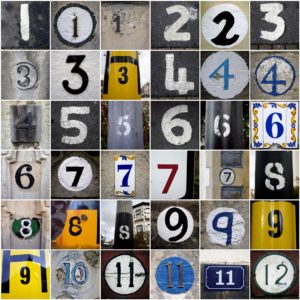Register your  hive(s) as required by state law RCW15.60 – deadline is April 1, 2015.
hive(s) as required by state law RCW15.60 – deadline is April 1, 2015.
Use this month to assess, acquire, assemble, and prepare! February’s mild weather allowed you to check stores. Watch for a 55 degree day in March to check again. Four frames of sealed honey would be ideal. If less than that it is recommended to feed sugar in some form. Refer to the bottom of the first screen at www.bushfarms.com/beesnucs.htm . If you are already feeding with sugar continue to do so. Feeding sugar will stimulate brood rearing when no natural honey or pollen is available. It is probably still too early to feed 1:1 syrup. But then again, maybe not. We’ve already heard of swarms happening given everything seems to be a month ahead in 2015! Inspect your bees and assess for what’s best for them depending on what you see.
You may have seen or will see bees taking cleansing flights on days with temps above 55. Some bees are entering the hive with pollen sacs full. Pollen and bee bread made from pollen are key parts of the diet of larval and young adult bees and this population continues to build as the queen’s egg laying increases.
Continue to clean the bottom board of dead bees. If you plan to replace a dead colony be sure to order nucs or packages in time for spring installation.
If medicating this spring with Apistan or Coumaphous, install the product the middle of March. That allows enough time after removal of the product to meet the required ‘medication free’ period before installing honey supers. Do not use Menthol or Formic Acid Gel packs in the spring; temperatures do not become consistently warm long enough in advance of the nectar flow to install and remove per the label recommendation. If you are considering treatment for the two nosemas, refer to Randy Oliver’s discussion at http://scientificbeekeeping.com/the-nosema-twins-part-4-treatment/ .
Prepare and position bait hives for the swarm season by early April. Ideas of how to do this can be found at http://www.honeybeesuite.com/2011/03/ . If keeping mason bees, mid-March is a good time to set tubes out in their outdoor location so that mason bees can emerge when the time is right.
Nectar Sources: Heather, Maple, Cherry, Plum, Dandelion
Pollen Sources: Crocus, Skunk Cabbage, Pussy Willow, Alder, Dandelion